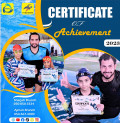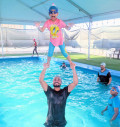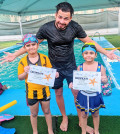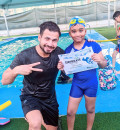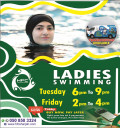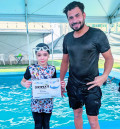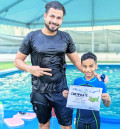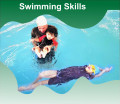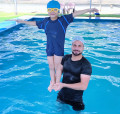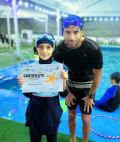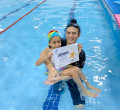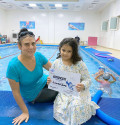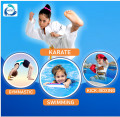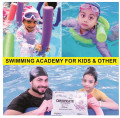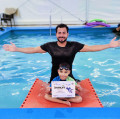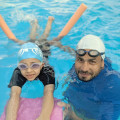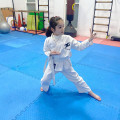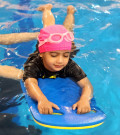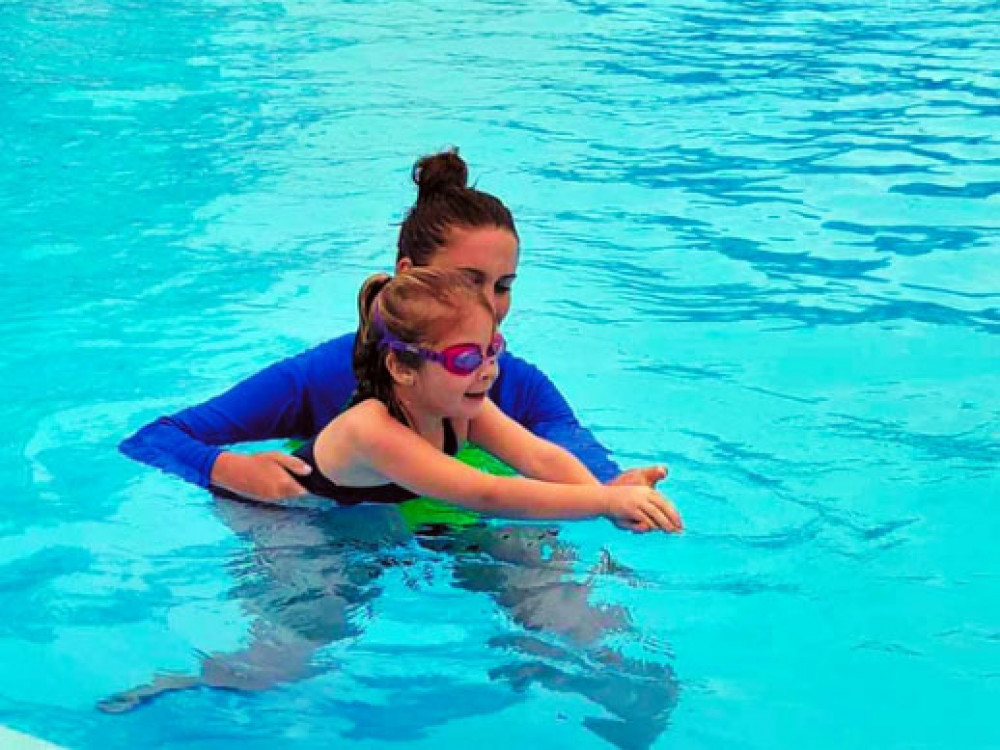
Swimming Instructor Tips for Teaching Kids: Making Learning Fun and Safe
2023-11-05 - swimmingIntroduction
Teaching kids to swim can be a rewarding experience for both
instructors and young learners. However, it comes with its own set of
challenges. In this article, we'll explore valuable tips and strategies for
swimming instructors to make the learning process enjoyable, safe, and
effective for kids.
Why is Swimming Instruction Important for Kids?
Swimming is not only a life skill but also a fun and healthy
activity. Teaching kids to swim provides them with essential water safety
knowledge and opens up a world of aquatic adventures.
Setting the Stage for Success
1. Establish a Safe Learning Environment
Creating a safe and comfortable environment is crucial.
Ensure that the pool area is free of hazards, and have essential safety
equipment on hand.
2. Build Trust and Rapport
Begin each class by building trust and rapport with your
young students. Make them feel at ease in the water and with you as their
instructor.
Age-Appropriate Lessons
3. Tailor Lessons to Age and Skill Level
Understand that kids of different ages have varying
abilities and attention spans. Customize your lessons to suit their
developmental stage.
4. Focus on Water Familiarization
For beginners, emphasize water familiarization. Let them
play and explore the water before introducing formal swimming techniques.
Engaging Teaching Techniques
5. Use Games and Fun Activities
Incorporate games and fun activities into your lessons to
keep kids engaged and excited. Games can help develop essential skills without
them realizing it.
6. Songs and Rhymes
Children respond well to songs and rhymes. Use them to teach
water safety rules and basic swimming movements.
Safety First
7. Emphasize Water Safety
Teach kids about water safety from the start. Make sure they
understand the importance of rules and precautions around the pool.
8. Supervision and Lifeguard Awareness
Always maintain close supervision, and make kids aware of
the role of lifeguards. Encourage them to seek help if needed.
Building Confidence
9. Positive Reinforcement
Praise and reward kids for their efforts and
accomplishments. Positive reinforcement boosts their confidence and motivates
them to improve.
10. Patience and Encouragement
Be patient with children as they learn. Encourage them to
try again, even if they make mistakes. A nurturing approach goes a long way.
Overcoming Challenges
11. Fear of Water
Address any fear of water promptly. Gradually help children
overcome their fears through gentle exposure.
12. Dealing with Discomfort
Some kids may experience discomfort in the water. Listen to
their concerns and adjust your approach accordingly.
Progress Monitoring
13. Track Progress
Keep records of each child's progress. This helps you tailor
lessons to their specific needs and celebrate their achievements.
14. Parent Involvement
Encourage parents to be part of the learning process. Share
feedback and suggest practice routines for kids at home.
Conclusion
Teaching kids to swim requires patience, creativity, and a
strong emphasis on safety. By following these tips and personalizing your
approach to each child, you can make the learning experience enjoyable and
effective. Remember, it's not just about swimming; it's about empowering kids
with a valuable life skill.







.jpg)




















